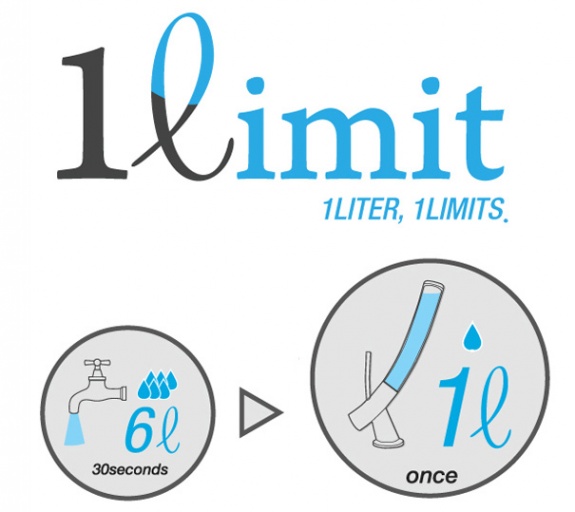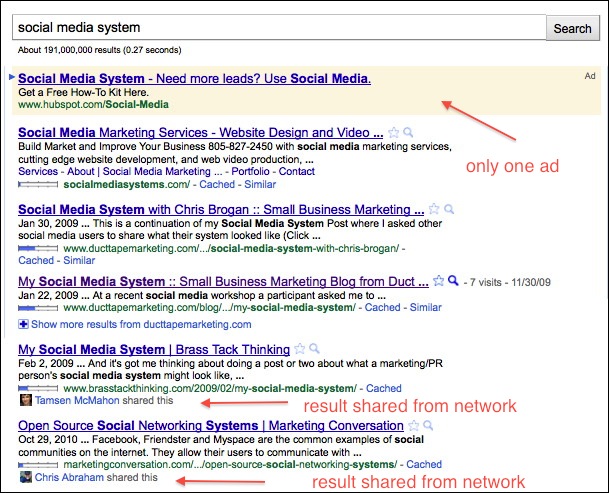32 Clean and Usable Icon Packs
Icons may be a small design feature, but often form essential parts of a design. A great icon can either provide a subtle design flourish, or be used more prominently in a logo fashion to promote a product or web app. The following post showcases some really professional, usable icon packs, which are sure to add a nice touch to your web designs. Many of the packs contain more icons than are displayed here, so be sure to go and explore your favorites and leave feedback for the authors!
Yusukek Amiyamane
This is a huge pack of small icons, all being available in the 16×16 pixels size, and the png format.
Simply Professional
This premium icon pack contains 9 icons. Each icon is hugely detailed, and is sure to add a professional touch to your work. Even better, these icons are vector smart objects, and so can be expanded to whatever size you need!
Milky Vector Icons
This is another lovely set of simple but nice icons happily created by IconEden. The Milky set contains more than 131 icons primarily colored in green, giving an eye-pleasant look and prominent display on either dark or bright backgrounds
Kidcomic Icon Pack
I-Kid is a high-quality and well-designed icon pack which is great to be used for mobile applications or some non-websites related projects.
Morcha Icon Pack
This beautiful icon pack contains 9 hi-res browser icons which are great to be used for all kind of projects, from mobile apps to website sidebars.
IcoJoy Icons
The following icon pack has some web 2.0 features like bright colors and high quality. Available in the 24×24 size, the icons are available for commercial and presonal use.
Simplicio Free Icon Set
This is a simple, even minimalistic set which can fit into every project. The set contains 78 free icons in .png and .ico including AI which can be useful for both corporate and personal setting.
Feed Me
The current set contains 5 original and well-designed RSS-feed icons. The icons are available in in .png, .jpg, .eps and .psd. and can be used in your commercial and personal projects.
Onibari Leopard
This is a beautiful and elegant pack of folder icons that are available for free download and can be used in your both, commercial and personal projects.
Kidaubis Chinese
The current pack is a collection of beautiful chinese looking icons with some beautiful details and elements. Can be downloaded for free and used for personal projects.
Colorabo
Colorabo is a big, high-quality and very colorful pack of well-designed icons which are available for free and can be used in your both, commercial and personal projects.
Helix
Helix is a small pack of seven icons which are great for digital projects, and websites. You can download this pack for free and use for personal and commercial projects.
Adobe CS3 Full Pack
Adobe CS3 Full Pack includes 32 stunning icons representing various pieces of software within the Adobe Creative Suite. The icons are fairly basic, but very effective, perfect for a forum or discussion board!
This is a beautiful and elegant pack of stunning web 2.0 icons that cover a broad range of subjects. These icons have a heavily shaded style, and so really look very 3D.
High Quality Icons
This soft, beautiful, and well-designed icons are great to be used for some web templates or posters. Can be used for your personal and commercial projects.
Black Neon
Another pack of high-quality and well-designed icons that are great for mobile applications and software designing. Can be used for commercial and personal purposes.
To Do List
This is a single icon, with a very clean interface and a very beautiful design structure. You can download it for free and use in your both, commercial and personal projects.
Retrofukation
Retrofukation is a stylish set of icons that is great to be used as template icons. Can be downloaded for free and be used for your both, commercial projects.
Airport Express
Airport Express is an elegant and stunning apple icon which is available in 5 sizes and the psd source for the files is available.
Smashing Retro
Smashing Retro Icon Set is a set of 10 beautiful, high-quality “vintage†icons, created by the talented Russian design agency SoftFacade especially for Smashing Magazine and its readers. The set contains 10 original icons: search, sign-up, calendar, news, RSS, comments, email, ads, home and address.
Finance and Applications
Fresh: is an application and financial icon set. This set contains 58 raster and vector icons, designed by Icon Eden. The set includes icons in .png, .icns and .ico-formats. An .EPS vector file is available as well..
Funcion Free Set
This very popular and faimous icon pack by Functions, is great to be used in all kind of projects you’d like. You can download them for free and use in both, commercial and personal projects.
Wip Mania Iconset
This is a huge pack of minimal icons which are great to be used for website layouts. They are available for free and can be used for commercial and personal use.
Peeling Stickers Social
This Icon Pack is chuck full of 20 Grunge Peeling Social Media Stickers. Each icon is in .png format sized at 128x128px with transparent backgrounds. The pack comes with a .PSD source file so that you can customize your own icons.
Watercolor Icon Pack
Each hand drawn icon is in .png format sized at 256x256px with transparent backgrounds. The 36 different icons have varying opaquness that allow the background and texture seep through the icons like watercolor on canvas. This is a huge free icon set you can’t pass up!.
Natsu Icon Set
This is a strange pack of hand and pencil drawn that can be used in your commercial and personal projects also.
Woven Fabric Social Media
This is woven fabric set of social media icons. Although not suitable for every type of site, these icons will look wonderful on websites that use texture and have an organic approach to their design. There are a total of 26 icons available as transparent PNGs and they are completely free for personal and commercial use
Sketchy Icons
Sketchy Icons is a pack of hand-drawn and high-quality icons that are available for free download and can be used in your personal projects.
Red Little Shoes Icon Set
The following online portfolio owned by Dale Harris, has a great and stunning design and color mixes which enhances the design of the website.
Simply Professional 2
This premium icon pack contains 12 icons. Each icon is hugely detailed, and is sure to add a professional touch to your work. Even better, these icons are vector smart objects, and so can be expanded to whatever size you need!































































 Brad Shorr is Director of Content Marketing for
Brad Shorr is Director of Content Marketing for 
















